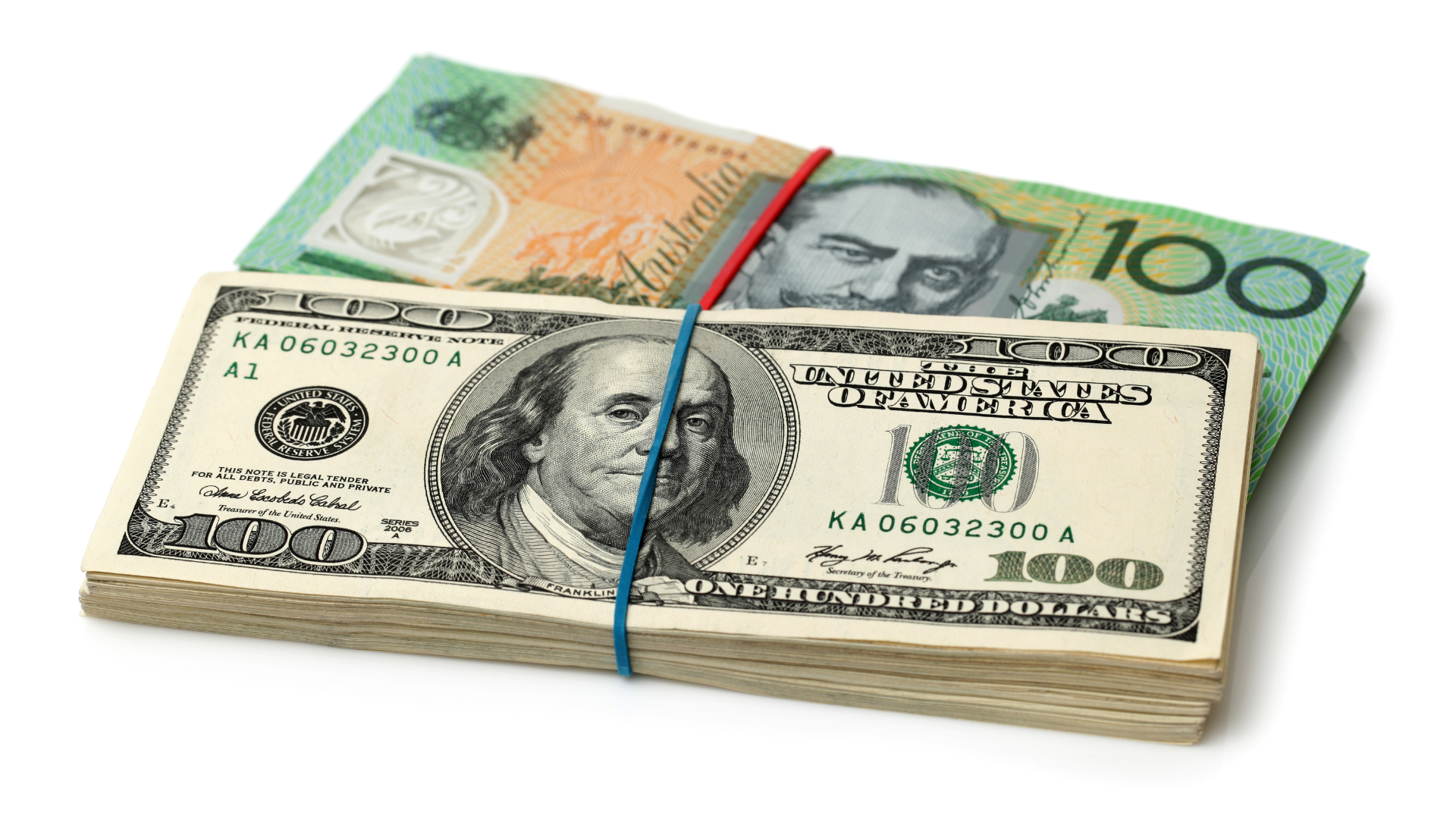The Australian dollar maintained its resilience on Monday, edging higher against the U.S. dollar following a series of disappointing U.S. economic reports. The AUD/USD pair traded above the 0.6450 level, gaining traction as traders reacted to softer-than-expected data, which has revived speculation of a more dovish stance from the U.S. Federal Reserve.
Weak U.S. retail sales and industrial production figures over the past week have raised concerns about the strength of the U.S. recovery, pushing down U.S. yields and the dollar. With market participants reassessing the Fed’s future policy moves, the Australian dollar benefited from the U.S. dollar’s weakness, aided by improving global risk sentiment.
The soft U.S. data has sparked fresh optimism about global economic recovery, particularly as investors shift their focus to other markets. Australia, with its exposure to commodities and its ties to Asia, remains a key beneficiary of this shift, as the weaker U.S. dollar boosts demand for riskier assets like the Australian dollar.
Despite the support from external factors, analysts caution that the upside for the AUD could be limited. Local economic concerns, including sluggish inflation and employment growth, still weigh on the currency’s outlook. The Reserve Bank of Australia (RBA) remains cautious about tightening policy too soon, given the uncertain pace of domestic recovery.
For now, the Australian dollar’s resilience will depend largely on the continued weakness of the U.S. dollar and external economic conditions. Should U.S. data continue to underperform, there could be further room for the Aussie to make gains, but the RBA’s cautious stance is likely to prevent any sharp rallies in the near term.
















